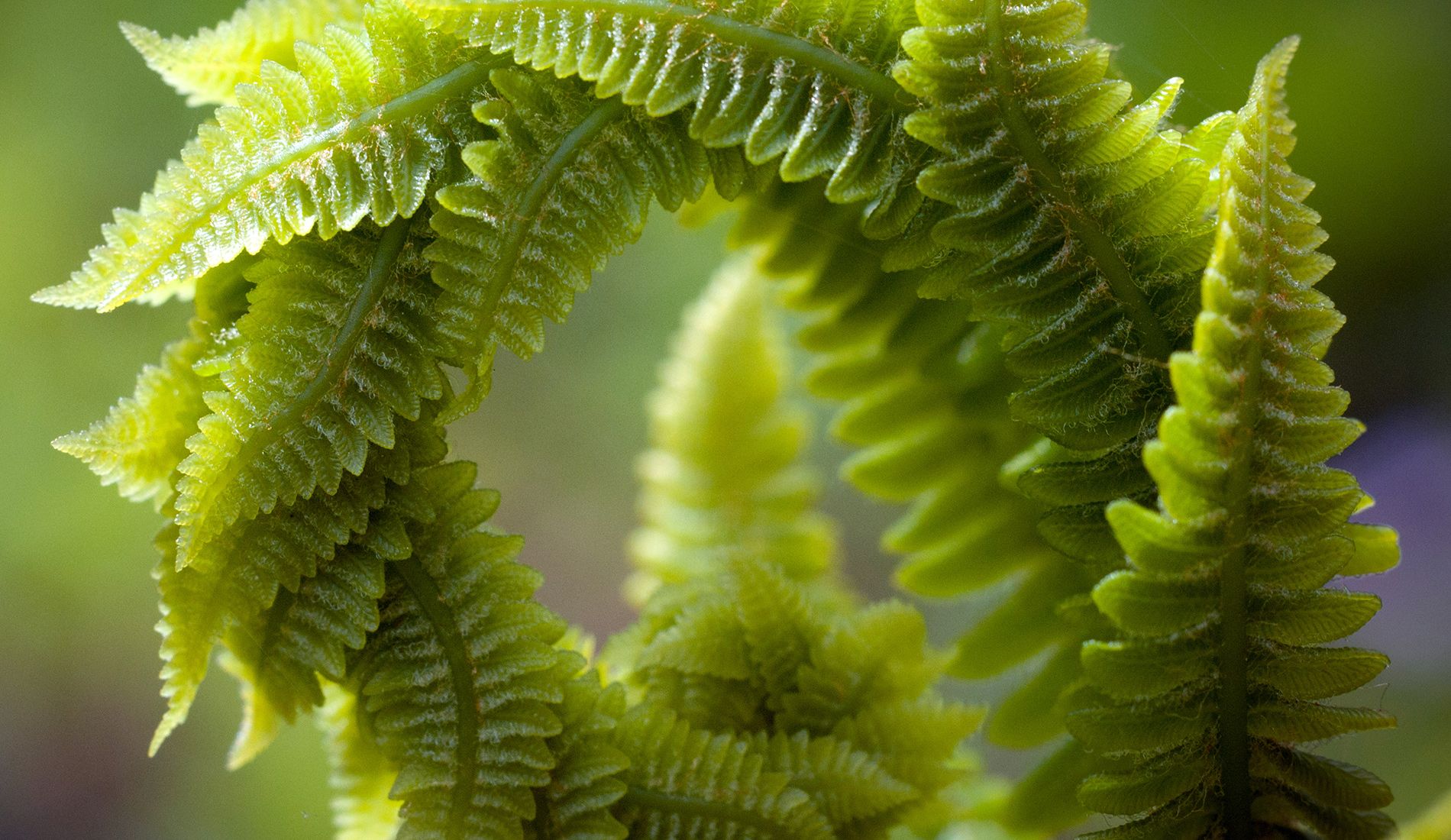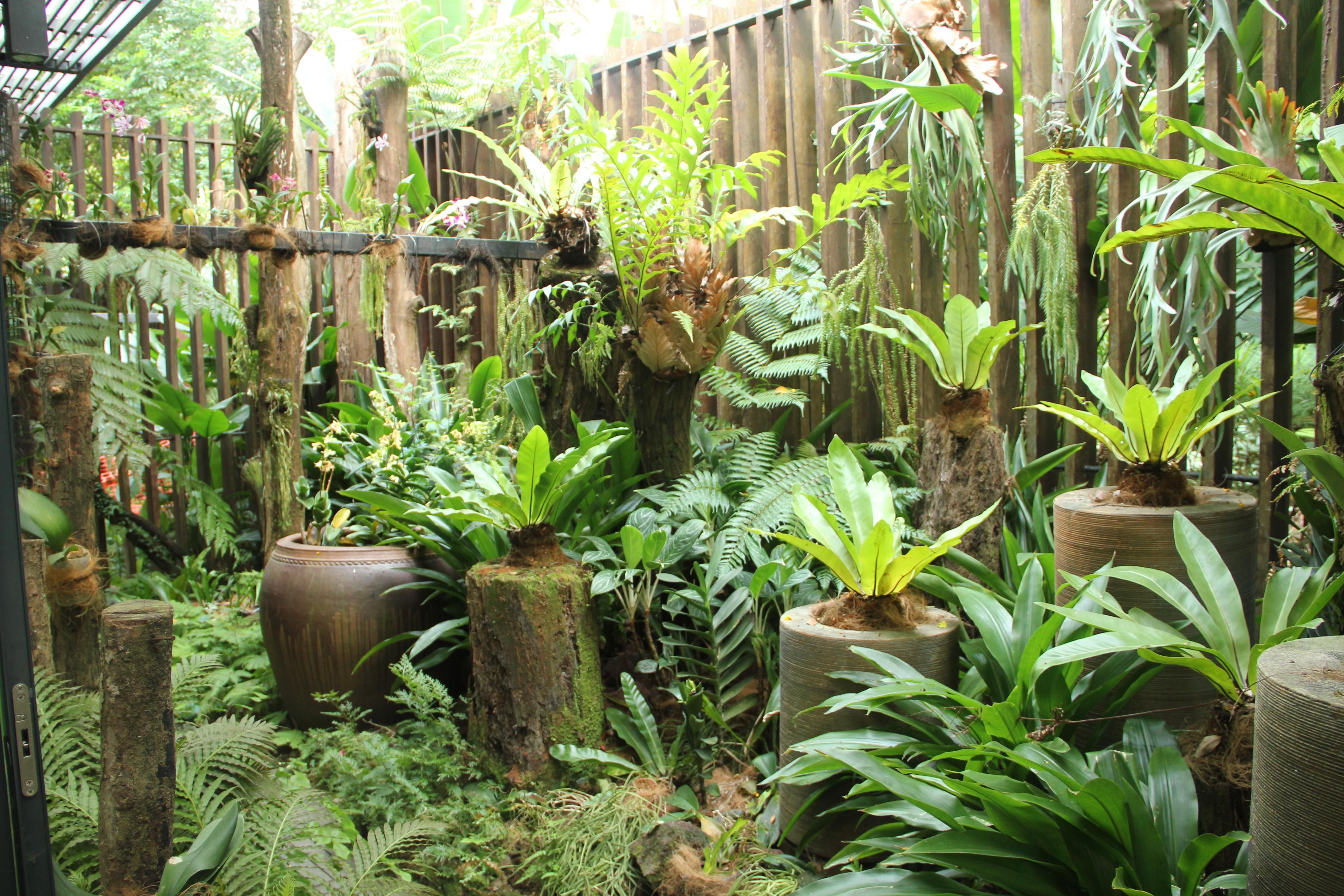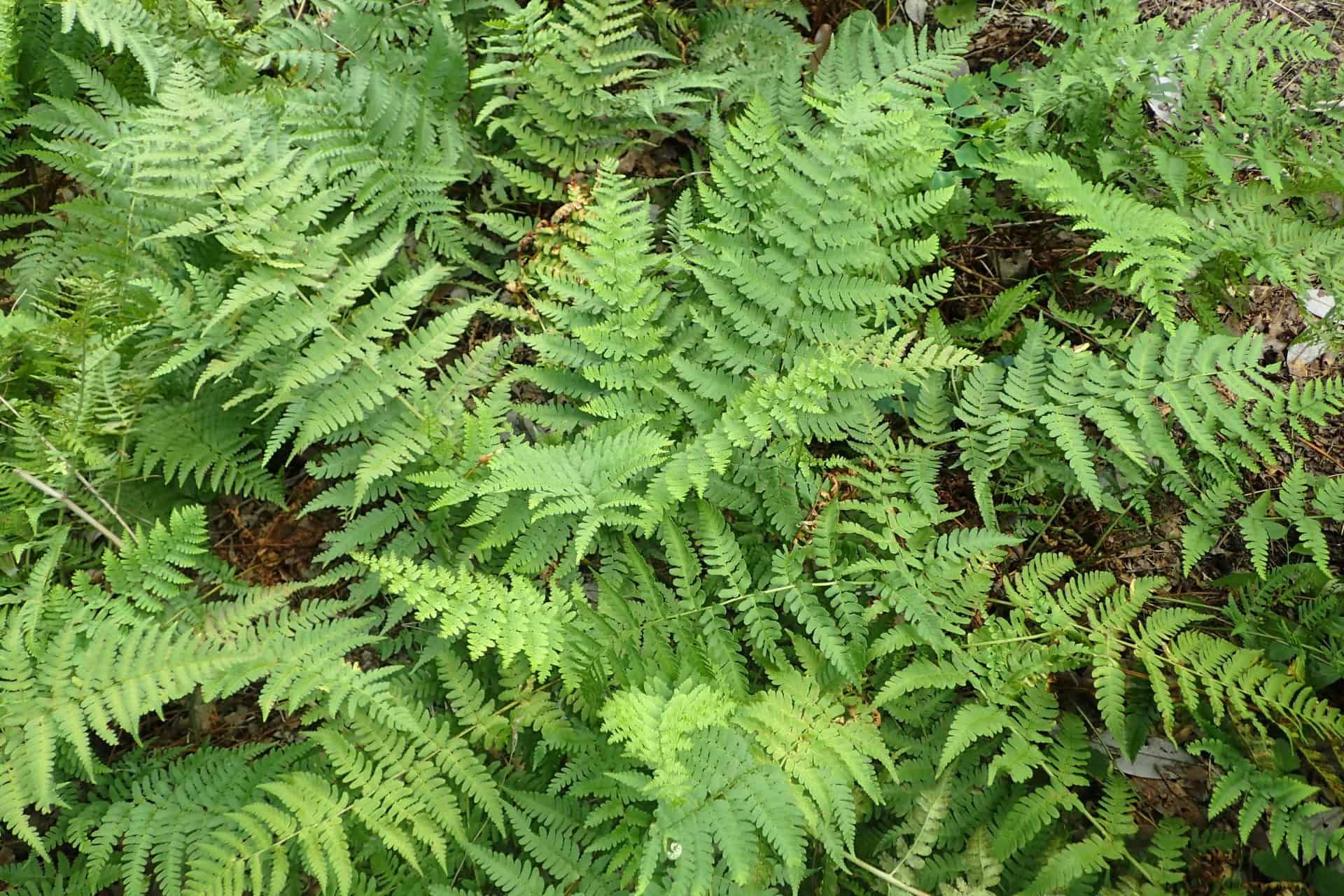
“
Ferns are ancient plants, thriving for over 360 million years. Unlike many plants, they reproduce via spores rather than seeds and have unique, coiled fronds that unfold as they grow. Adaptable to various environments, ferns also improve air quality and have intriguing historical and ecological significance. Explore 20 Lesser-Known Fern Facts about these remarkable plants.1
1
”
Ferns have been around for over 360 million years, making them some of the oldest plants on Earth. They existed long before dinosaurs roamed the planet, which means these plants have seen a lot of history! 1
Unlike many other plants, ferns do not produce flowers or seeds. Instead, they reproduce through tiny spores found on the underside of their fronds (leaves). 2
The Australian giant fern (Angiopteris evecta) boasts the world's largest fronds, with immense woody trunks up to 3 meters tall and fronds that can reach an astonishing 8 meters in length, making it a true giant in the fern family. 3

Some ferns, like fiddleheads from the ostrich fern, are edible and enjoyed as vegetables. These young, coiled fronds must be properly identified and cooked to ensure safety, as consuming them raw can be harmful.
Ferns are incredibly adaptable and can be found in a wide range of environments. From tropical rainforests to temperate forests and even rocky cliffs, these plants thrive in various habitats around the world. 4
Ferns are highly effective natural air purifiers, adept at removing pollutants like formaldehyde, xylene, and toluene from the air. This purification helps create healthier, more pleasant indoor environments, improving overall air quality and well-being. 5
The largest recorded area covered entirely by a single fern species is an impressive 9,685 square meters, achieved by the red Azolla japonica fern, which floated on the Furukawa-Sawanoike Pond in Japan, creating a vast green blanket on the water. 6

Ferns have some interesting relatives known as "fern allies," which include horsetails and clubmosses. These plants share some characteristics with ferns but belong to different plant groups.
Each fern can produce millions of spores in its lifetime. These spores are released into the air and can travel great distances, ensuring that ferns can spread and grow in new locations. 7
Some ferns, known as epiphytes, grow on other plants instead of in the soil. They can often be found high up in the trees of tropical rainforests, where they capture moisture and nutrients from the air.8
Some ferns can be used to make paper. The fibrous nature of fern fronds allows them to be processed into pulp for paper production. This sustainable method utilizes the unique properties of ferns, contributing to eco-friendly paper-making practices. 9

Ferns exhibit a wide range of shapes and sizes, from delicate, lacy fronds to broad, leathery leaves. This variety makes them a fascinating group of plants to study and cultivate, adding diverse textures and forms to any garden or collection.
Some ferns, like the sensitive fern (Onoclea sensibilis), have leaves that close up when touched or disturbed. This unique feature helps protect the plant from potential harm. 10
Overwatering ferns is common, as most need a day or two to dry out between waterings. Except for Boston, footed, or staghorn ferns, daily watering isn’t necessary. Black discoloration at root tips indicates overwatering; pause watering until the color returns to normal.11
Herbivores, including insects like caterpillars and beetles, as well as mammals such as deer and rabbits, eat fern fronds. Ferns are part of their diet, especially in areas where other food sources are limited. 12
Ferns typically have a long lifespan, often living for several years to decades depending on the species. Their fronds, which continually regenerate, can last for several months before new growth appears. Some ferns can persist for a lifetime with proper care. 13

The Marginal Wood Fern (Dryopteris marginalis) thrives in rocky, dry environments and stays green throughout winter. Its resilience allows it to persist under snow, so don't be surprised if you spot its vibrant foliage even in the coldest months.
Although ferns are not bioluminescent themselves, some grow in symbiosis with glowing fungi, producing a magical effect where the fern seems to glow in the dark. This partnership creates a captivating and ethereal nighttime display in their habitat. 14
Ferns vary greatly in size, with the smallest only a fraction of an inch tall and the largest reaching 30 to 80 feet (10 to 25 meters). Young fern leaves, tightly curled, unfurl to resemble the shape of a violin’s neck.15
Throughout history, various fern species have been utilized in traditional medicine to address a range of ailments. They have been employed to treat conditions from digestive issues to skin problems, showcasing their diverse medicinal applications across cultures. 16


